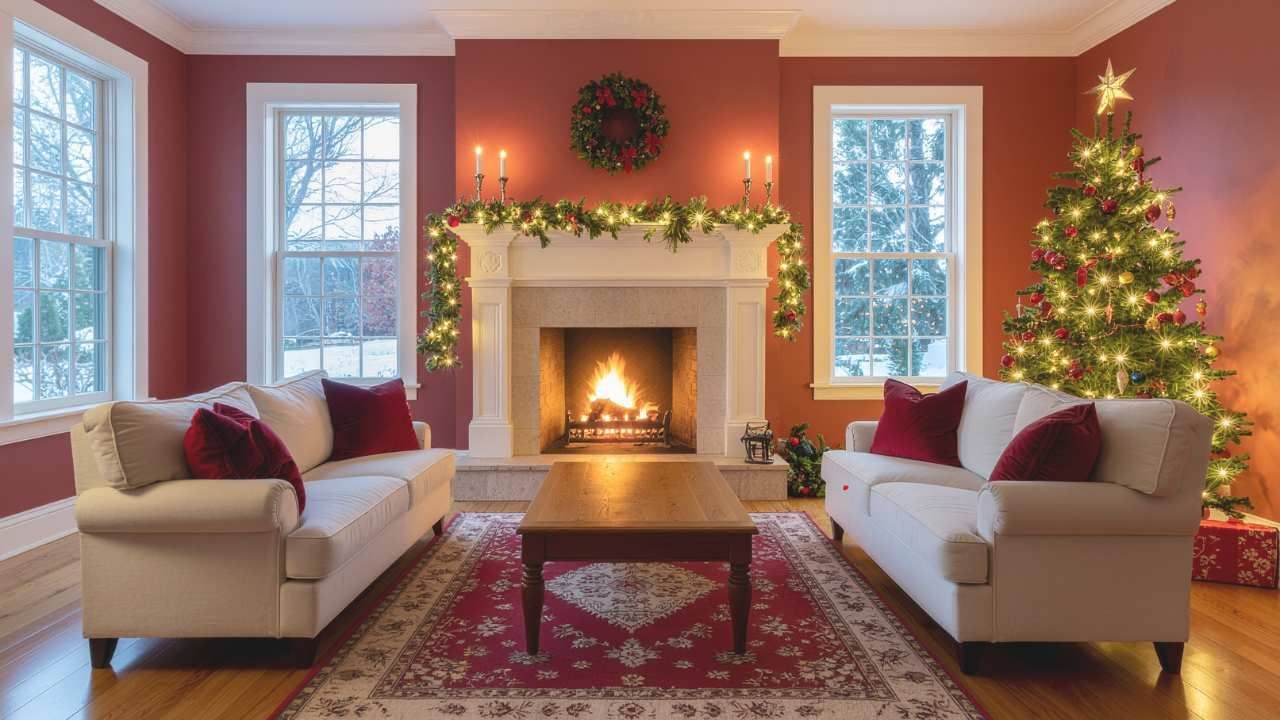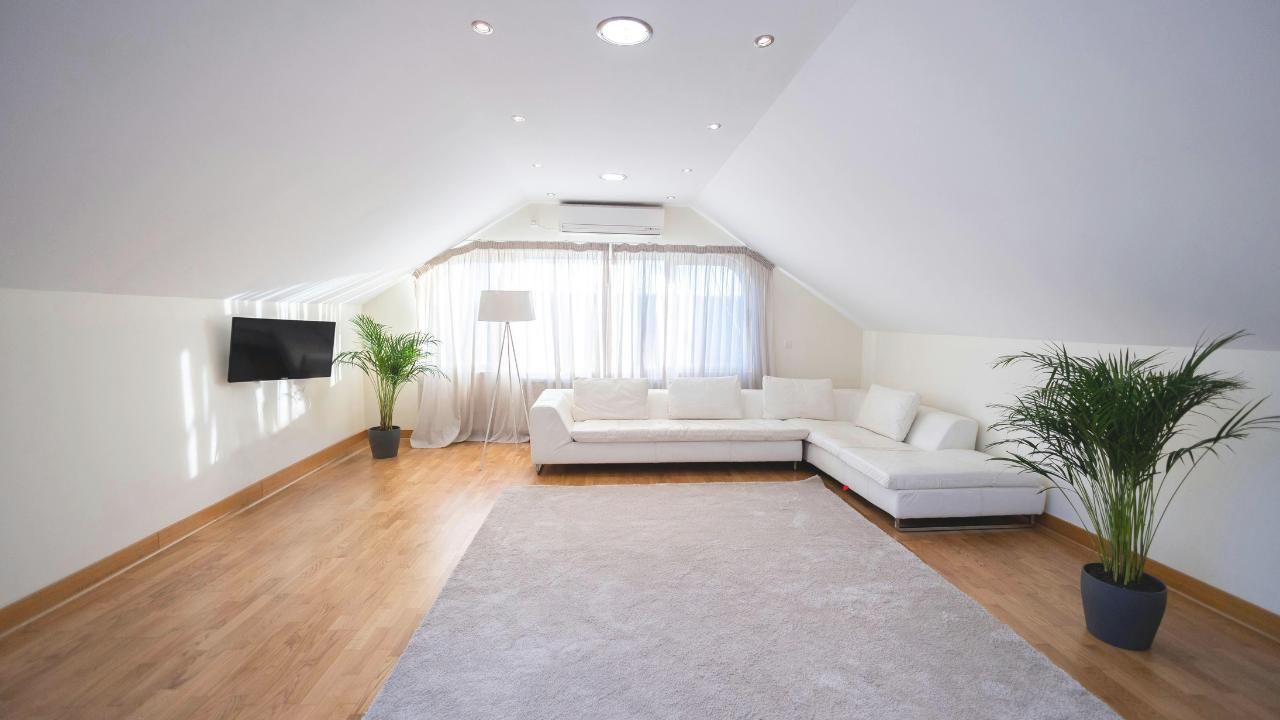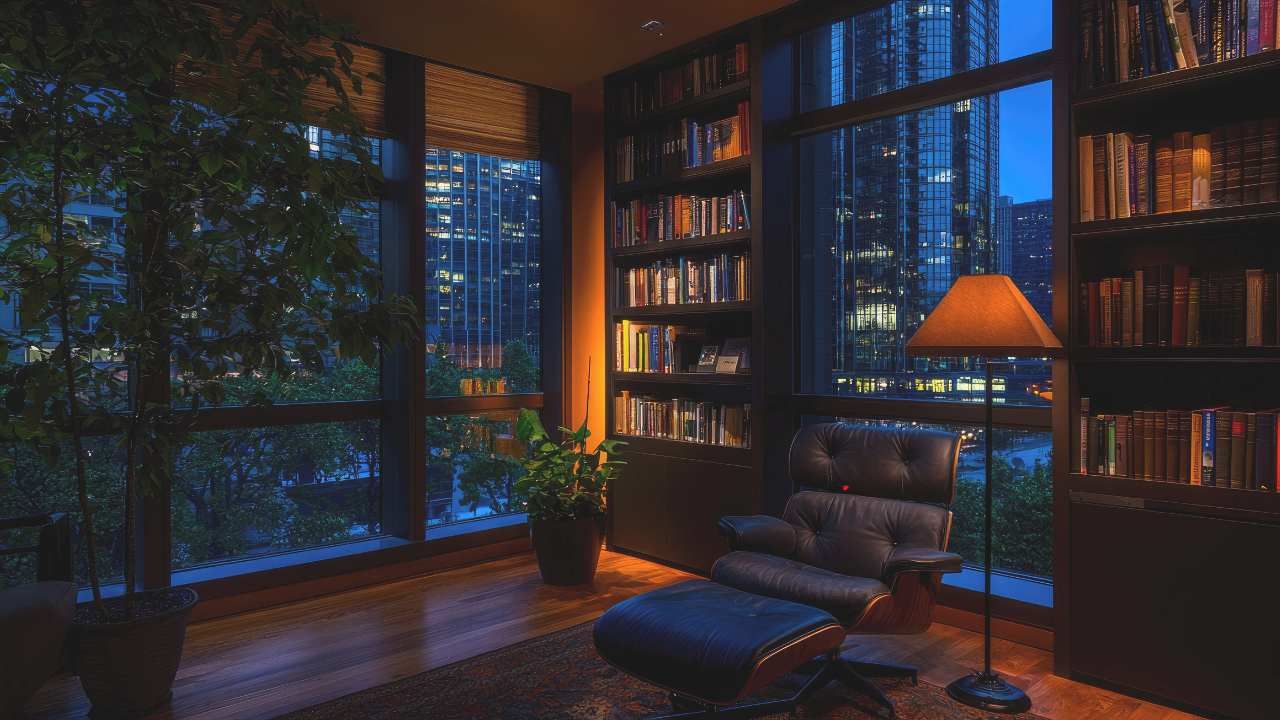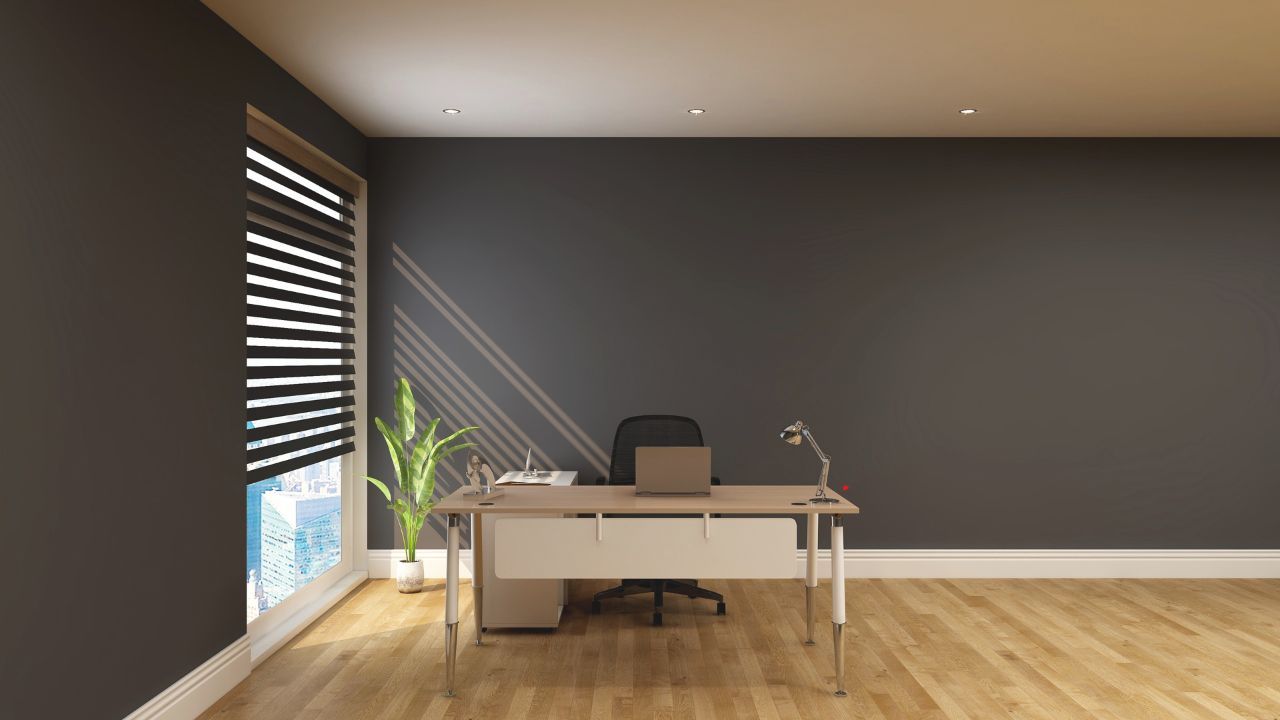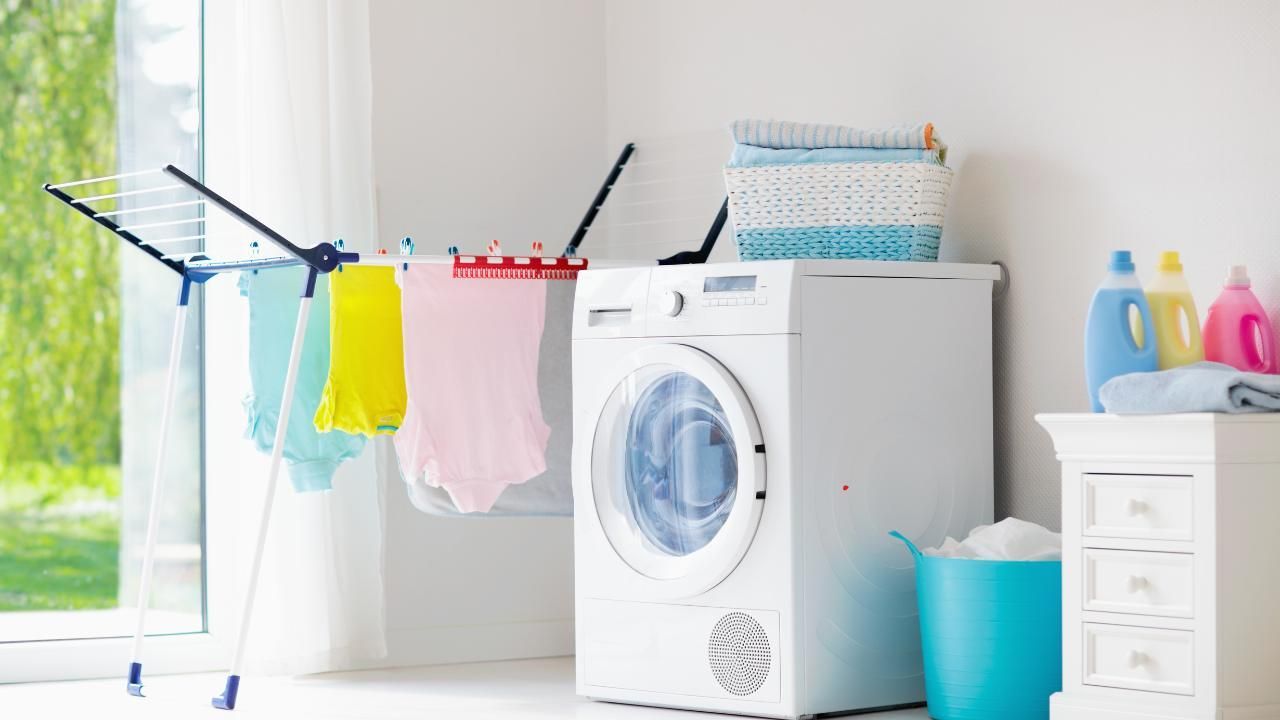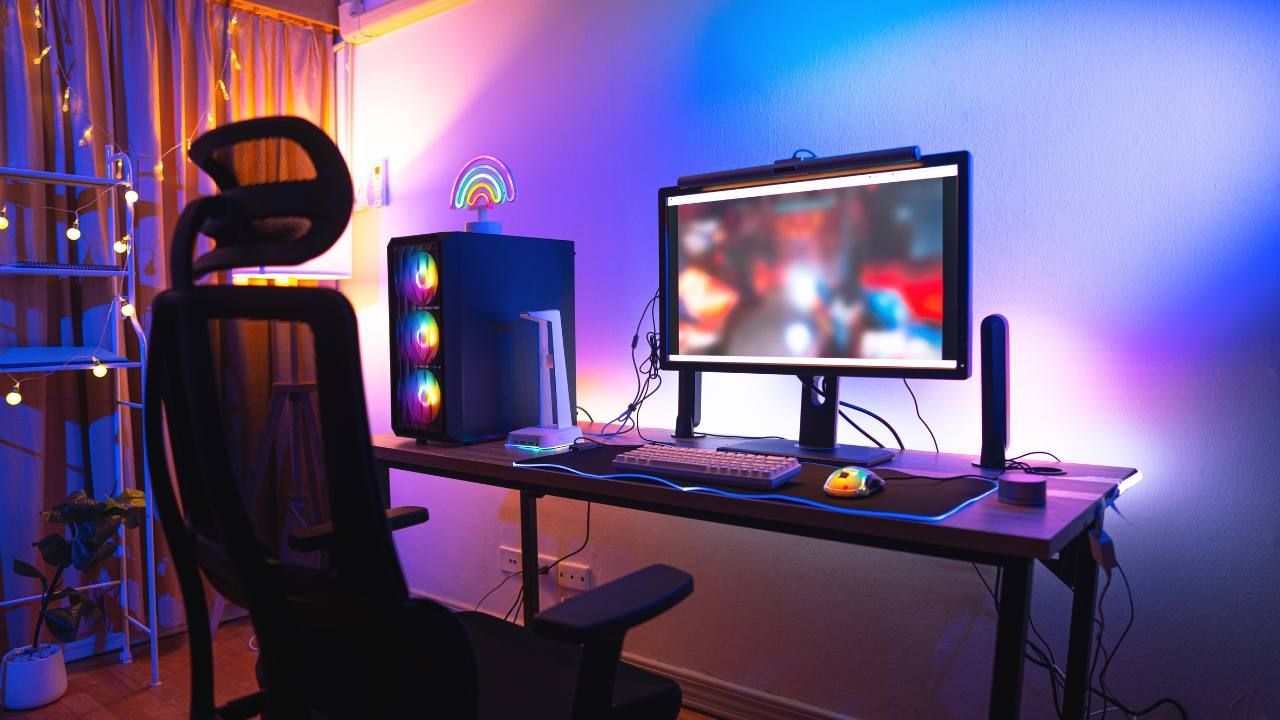Color Psychology: How Paint Colors Affect Your Mood Indoors
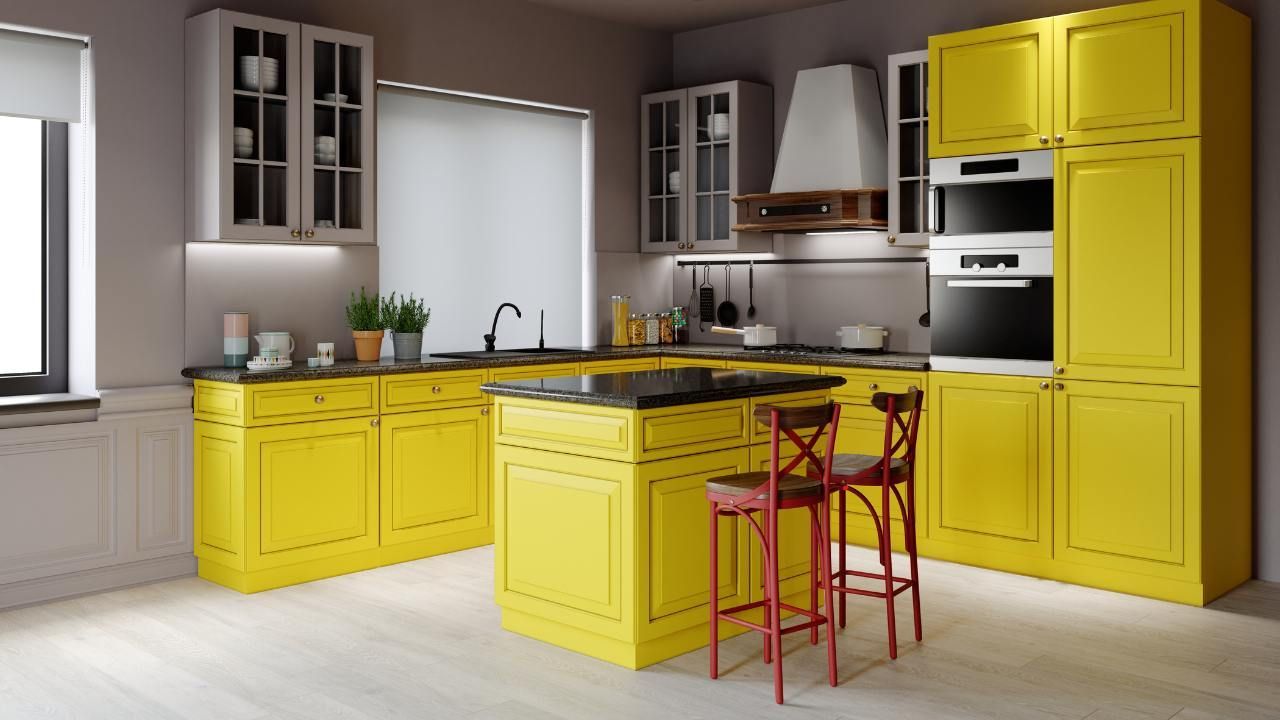
Ever walked into a room and instantly felt more relaxed—or oddly energized? That’s not a coincidence. The colors on your walls are doing more than just decorating the space—they’re speaking to your brain. Welcome to the world of color psychology, where a splash of paint can influence your mood, your mindset, and even your productivity.
In this post, we’ll explore how interior paint colors affect your emotions, guide you in picking the right shades for every room, and help you make smarter design decisions that align with how you want to feel at home.
Why Color Affects Mood: The Basics of Color Psychology
Color psychology is the study of how hues influence human behavior. It’s backed by both science and centuries of cultural association. Different colors evoke different emotional responses:
- Warm colors like red, orange, and yellow tend to energize and stimulate.
- Cool colors like blue, green, and purple promote calm and focus.
- Neutral tones like beige, gray, and white create balance and subtlety.
Choosing the right color for your home isn’t just about aesthetics—it’s about setting the emotional tone for your space.
Room-by-Room Guide: What Color Works Where?
Living Room – Warm Neutrals or Earthy Greens
This is a space for connection and conversation. Choose warm, welcoming tones like taupe, terracotta, or soft greens. These colors foster relaxation and sociability.
Kitchen – Yellow or Light Blues
Want to feel uplifted and inspired while cooking? Yellow stimulates appetite and energy, while blue creates a clean, fresh feeling. Just steer clear of darker shades, which can feel heavy in this lively space.
Bedroom – Soft Blues, Greens, or Lavenders
These shades are known for their calming effects. They lower blood pressure and heart rate, helping you wind down after a long day. Avoid bold reds or oranges, which can feel too intense for rest.
Bathroom – Clean Whites or Spa Blues
White promotes cleanliness, while light blues give a serene, spa-like vibe. If you're going for a more luxurious look, consider a soft gray or slate to add depth.
Home Office – Sage Green or Cool Gray
Productivity thrives in calm environments. Greens are known to reduce eye strain, and muted tones like gray keep distractions minimal. A well-chosen color here can boost focus and clarity.
Case Study: From Bland to Balanced in Bellingham
When the Harmon family in Bellingham decided to update their home, they didn’t expect paint color to be the biggest game-changer. Their living room was originally painted in a dull off-white, which felt cold and uninviting. After consulting with Next Step Painting LLC, they switched to a warm olive green with cream accents. The transformation was dramatic—suddenly, their living room became a cozy, family-friendly space that felt alive.
“It’s amazing what a color change can do,” says Mrs. Harmon. “Our house finally feels like a home.”
Choosing the Right Paint Color for Your Mood
Before you pick up a brush or start Googling “painting contractors near me,” ask yourself a few questions:
- What do I want to feel in this space—energized, calm, focused?
- Will this color work with the room’s lighting and size?
- Do I want the space to feel larger or cozier?
If you’re unsure where to start, experienced professionals like Next Step Painting LLC can help guide your interior painting decisions, taking into account both aesthetics and emotional impact.
Final Thoughts
Paint does more than cover walls—it shapes how we live, feel, and connect within our homes. With the right colors, you can create a sanctuary that uplifts your mood and complements your lifestyle. Whether you’re going for peaceful or playful, there’s a shade that fits the vibe.
Ready for a refresh? Consider working with trusted
painting experts in Bellingham to transform your space—one color at a time.
Contact us to get started.



